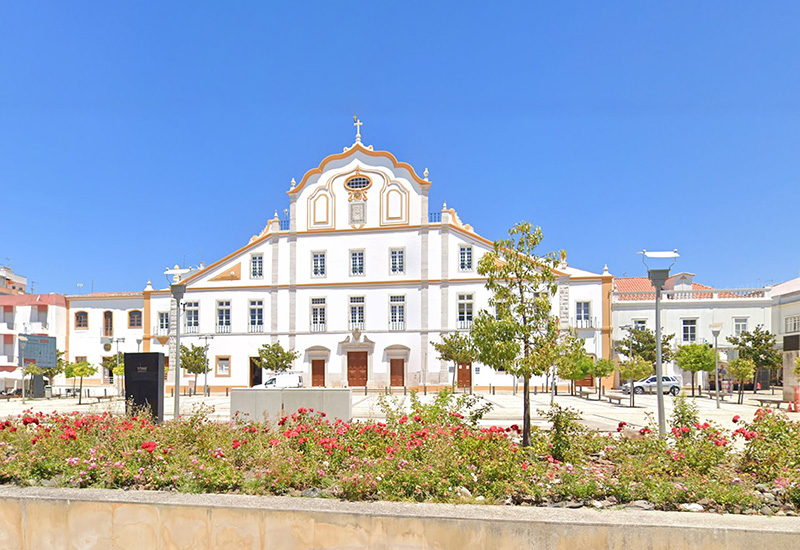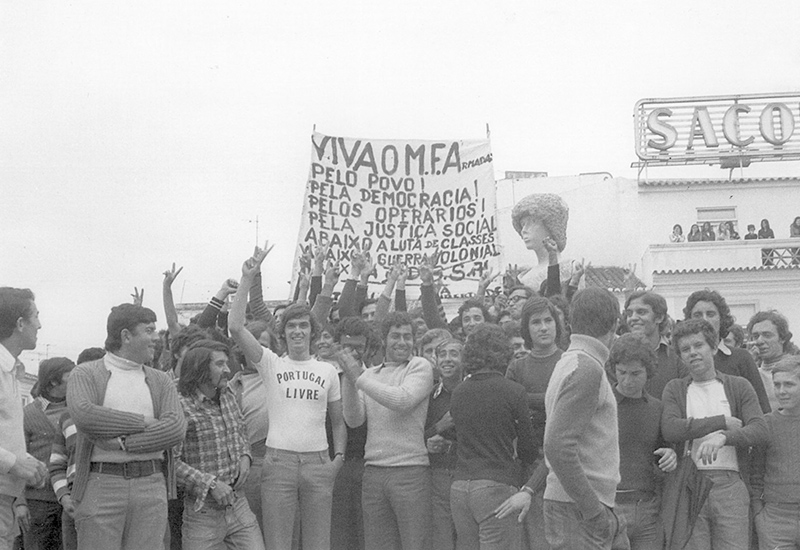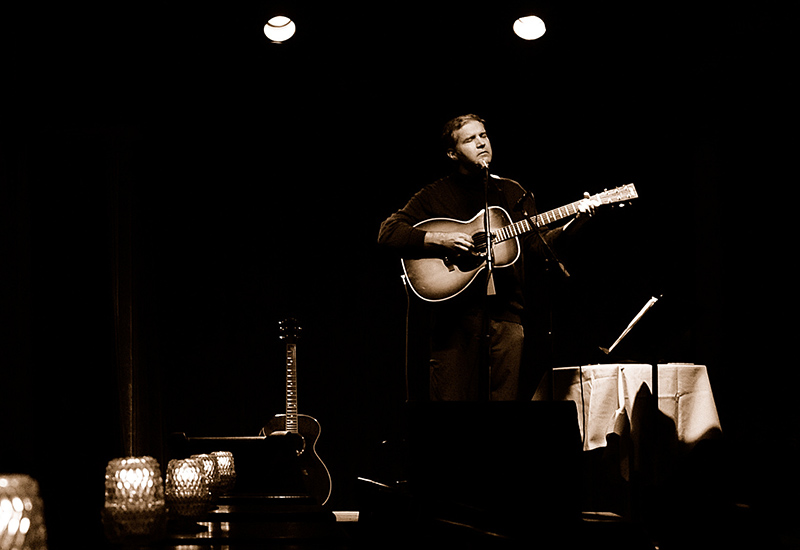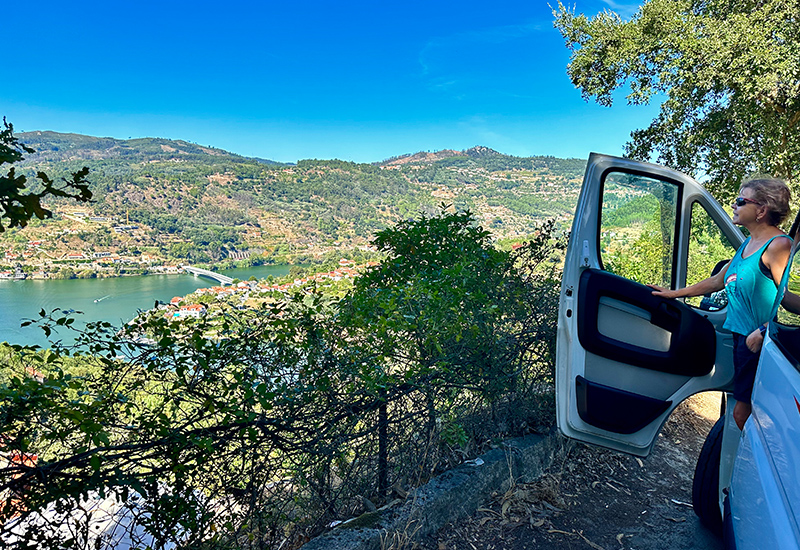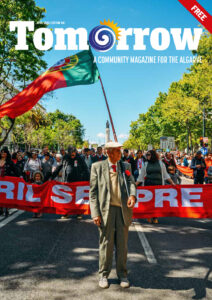Many of us have probably sat in a cafe watching the world go by on Praça de República, but have you ever wondered why so many of our towns and cities have streets named after certain dates? To find the answer, we have to take a walk through Portugal’s historical timeline, which covers the freedoms and revolutions which have shaped the country into what we know and love today.
The famous Praça de República or ‘Republic Square’ graces many of our towns and cities. It’s the epicentre of local life and pays homage to the Republican Revolution of 1910, which saw the overthrow of the centuries-old Portuguese monarchy. But straying away from the town centre, you are more than likely to find yourself on a street named after a specific date. This may seem somewhat of an oddity to those of us from northern Europe, but the street names or ‘odonymies’ commemorating dates are more common than one might think.
I remember staying in my friend’s apartment in Moscow, Russia, on Oktyabr’skaya ultisa(October Street), which commemorates the Bolshevik (October) Revolution of 1917. Now I find myself walking along one of Portugal’s 583 streets named after the 5th October (Rua 5º de Outubro), which commemorate Portugal’s own revolution that overthrew the monarchy some seven years prior to the Russian revolution.
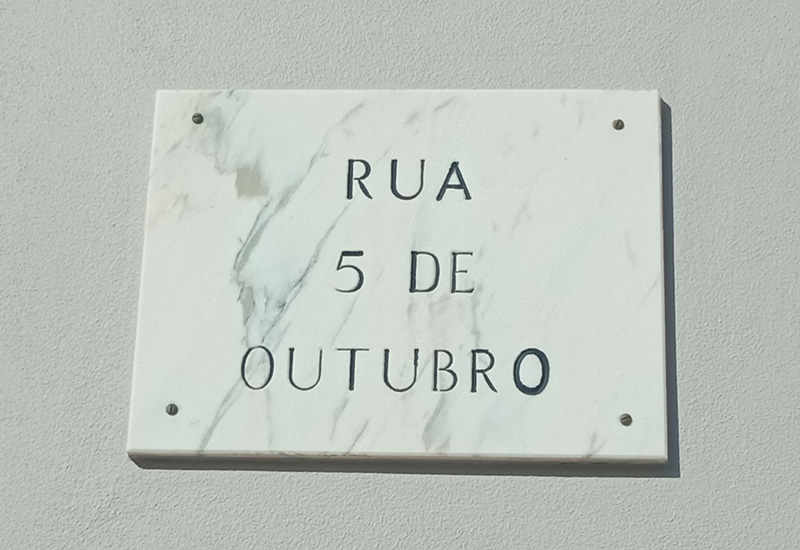
The 1st of December also seems to be another common date named on Portuguese streets. When I was learning to drive, my driving school was located on Rua 1º de Dezembro. The date marks not a republican feat but a monarchical takeover. The 1st of December recalls the victory of the Portuguese nobles who, in 1640, invaded and killed the Spaniard Miguel de Vasconcelos at the Royal Palace. On this date, Portugal’s independence was restored, and Dom João, Duke of Bragança, was proclaimed king of Portugal. It is no surprise that as many as 307 streets now bear the name Rua 1º de Dezembro.

With many streets named in association with Portugal’s dictatorial period – Estado Novo is found in at least 78 municipalities – 15 of them are named after the dictator himself, António Salazar. Even Lisbon’s famous 25º de Abril Bridge, the longest suspension bridge in Europe, was originally named after Salazar, who had ordered its construction in 1966. The bridge was later renamed after the Carnation Revolution, which saw the end of Salazar’s regime. The date is also associated with approximately 1,207 streets across the country, further celebrating Portugal’s new freedom.
The 1st May or Labour Day (also known as International Workers Day) is celebrated in many countries around the world, however, in Portugal, it wasn’t celebrated until after the Carnation Revolution. Since then, over 800 streets in Portugal have been named Rua 1º de Maio. Interestingly, this day is also reserved for protecting homes from evil for the year ahead, a tradition which shares similarities to the Gaelic Beltane.

If I were to mention Rua de 31º de Janeiro, many people would probably scratch their heads.. But it was on 31º de Janeiro 1891 (in Porto) that the first attempt was made to overthrow the monarchy and establish a Republic in Portugal. Although this street name is more popular in the north, it still preserves the story of one of the country’s many battles.
It would be impossible to write about every single street in Portugal dedicated to a historic event, but now you know a little more about the history of some of the ruas that we frequently walk down, often not taking much notice about how they got their name and the historical events they commemorate.
Main photo: Praça da República Portimão Photo © Google Maps
